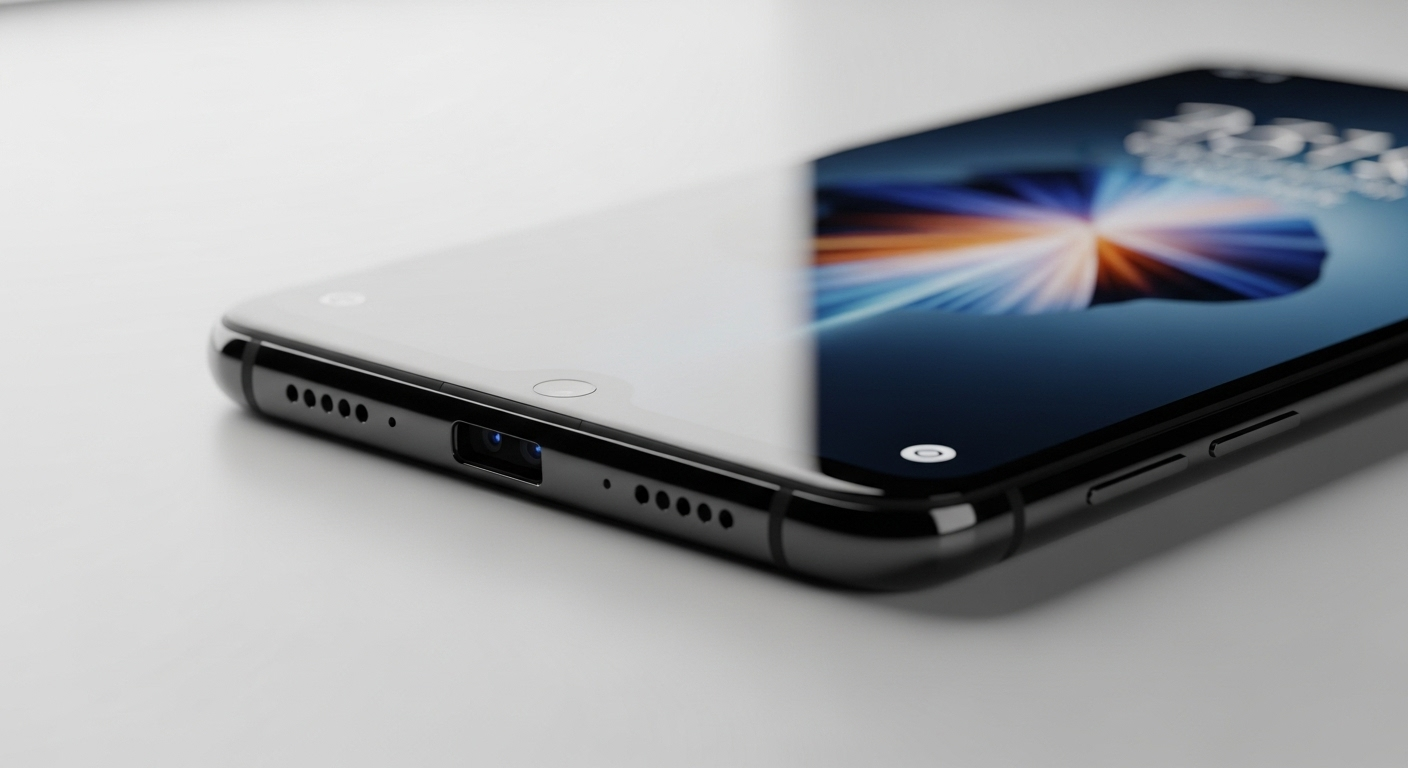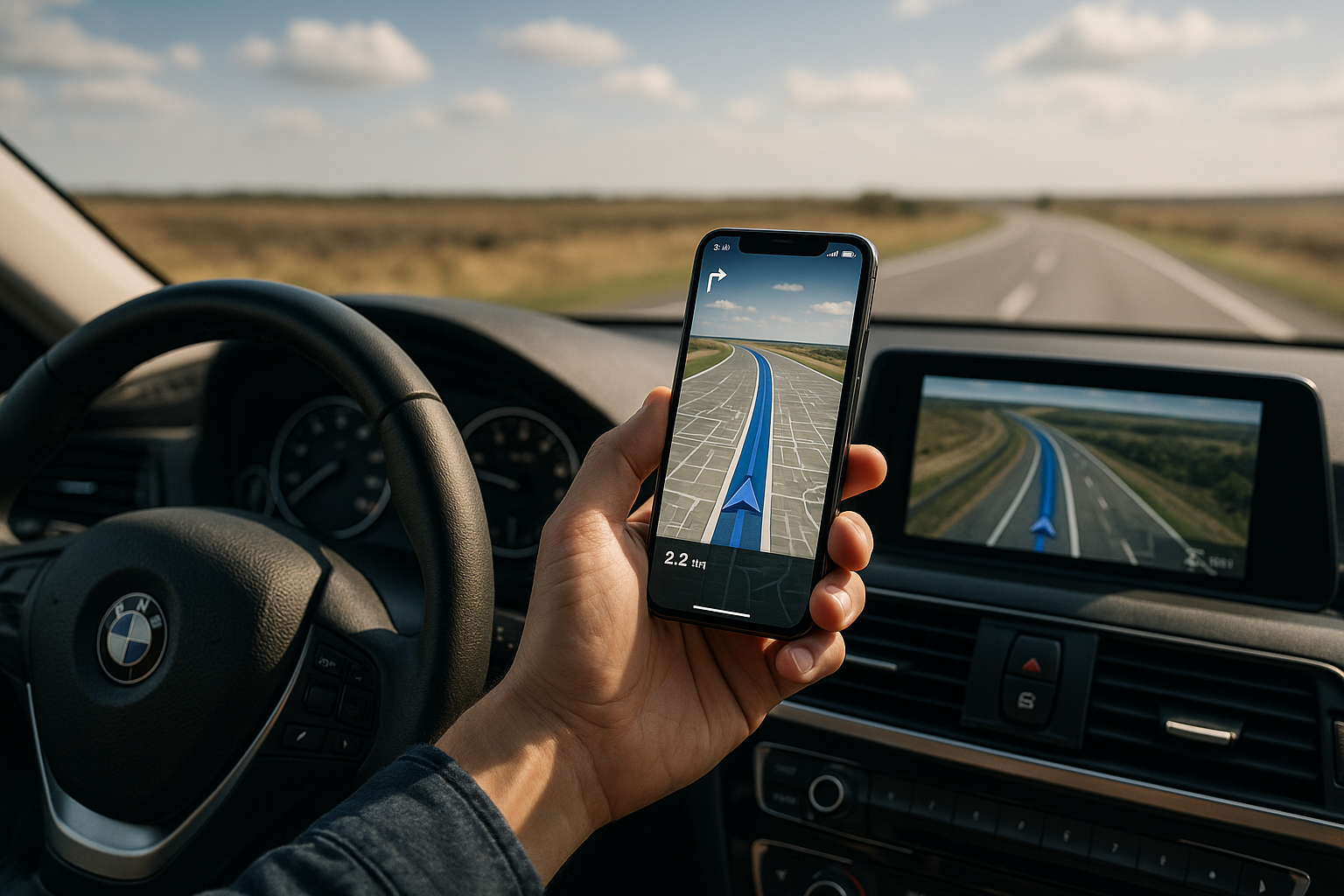Unmasking the Intricacies of Under-Display Cameras
Under-display camera technology is not a novel concept in the tech world. The idea of integrating cameras under a smartphone's screen started gaining ground around 2018, when smartphone manufacturers were exploring the concept of a full-screen phone. This quest for maximizing screen real estate saw the advent of notches, pop-up cameras, and punch holes. However, none of these solutions provided the seamless aesthetic that under-display cameras promised.

The Science Behind Under-Display Cameras
The under-display camera operates under the principle of transmissivity. When an image is required, the portion of the display housing the camera turns transparent, allowing light to reach the sensor. When the camera is not in use, the pixels revert to their normal operation, displaying content on the screen. This interplay between transparency and opacity is what makes this technology unique and intriguing.
The First Foray into Under-Display Cameras
In 2020, the Chinese smartphone manufacturer, ZTE, made headlines when it launched the Axon 20 5G, the world’s first commercial smartphone with an under-display camera. Although the implementation was not perfect, with the under-display camera portion being noticeably different from the rest of the screen, it marked an important milestone in smartphone design.
The Current State of Under-Display Cameras
Fast-forward to the present day, and we see other tech giants like Samsung and Xiaomi jumping on the under-display camera bandwagon. Samsung’s recently launched Galaxy Z Fold 3 features this technology, while Xiaomi’s Mi Mix 4 boasts a truly full-screen experience with its under-display camera. Though the technology is still in its infancy, the strides made so far are promising, and the future of under-display cameras seems bright.
Market Impact and Estimated Pricing
The introduction of under-display cameras is likely to push smartphone prices higher due to the costs associated with developing and implementing this new technology. For instance, the ZTE Axon 20 5G launched with a price tag of over $400, and the Samsung Galaxy Z Fold 3 is priced at a whopping $1800, although it must be noted that it is a premium foldable phone with other high-end features. As this technology becomes more mainstream, prices are expected to become more consumer-friendly.
In Conclusion
While the under-display camera technology is still evolving, it is undoubtedly a significant step towards achieving the goal of a truly bezel-less smartphone. As tech companies continue to refine this technology, we can expect to see more devices with under-display cameras, each offering an improved user experience over the last. The march towards technological perfection continues, and under-display cameras are a major part of that journey.






